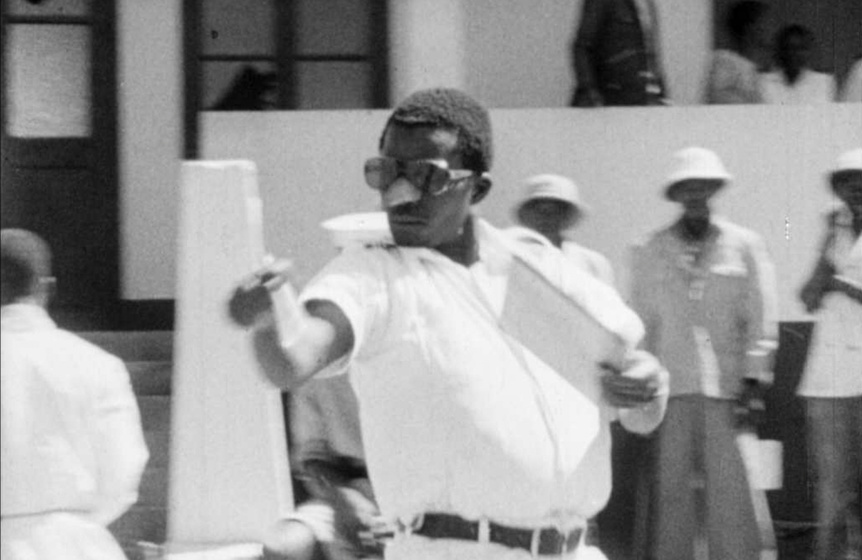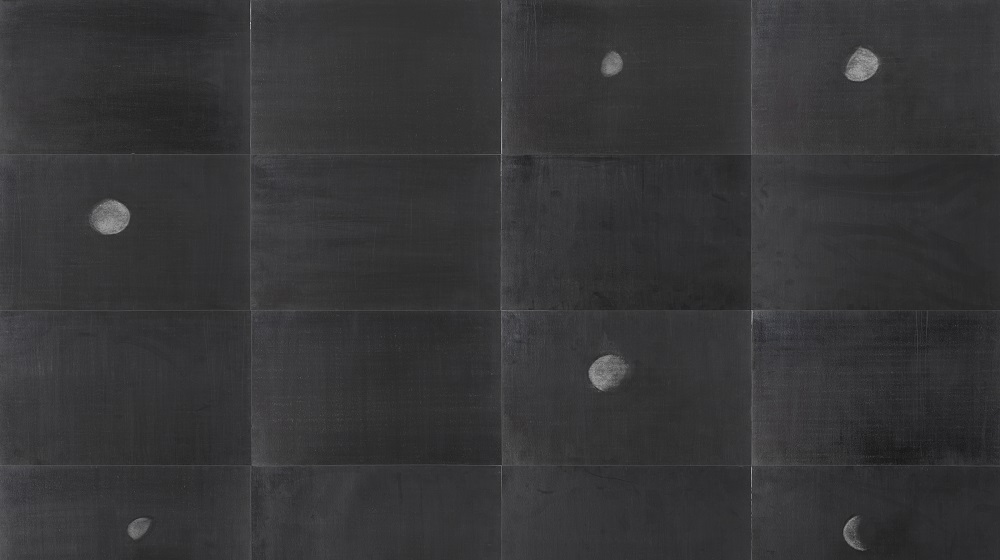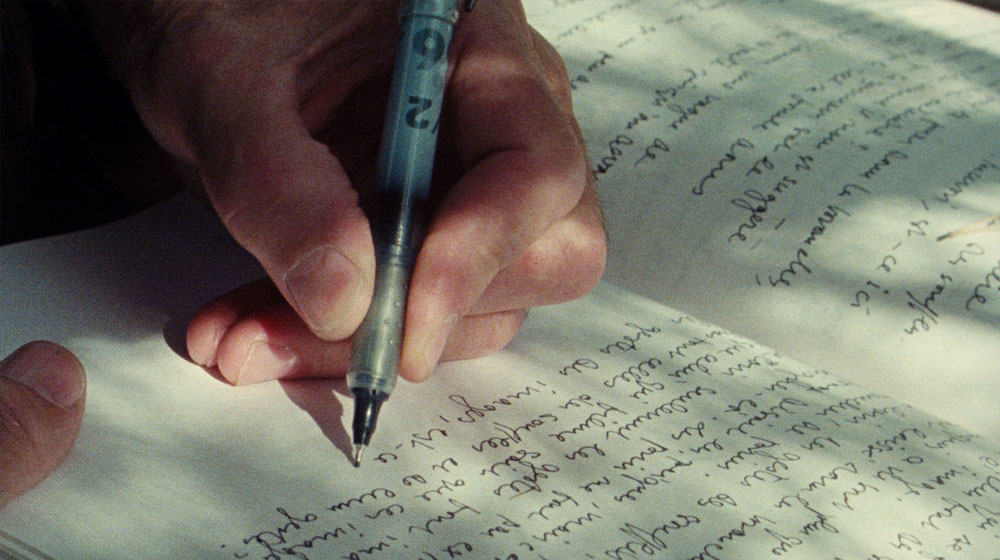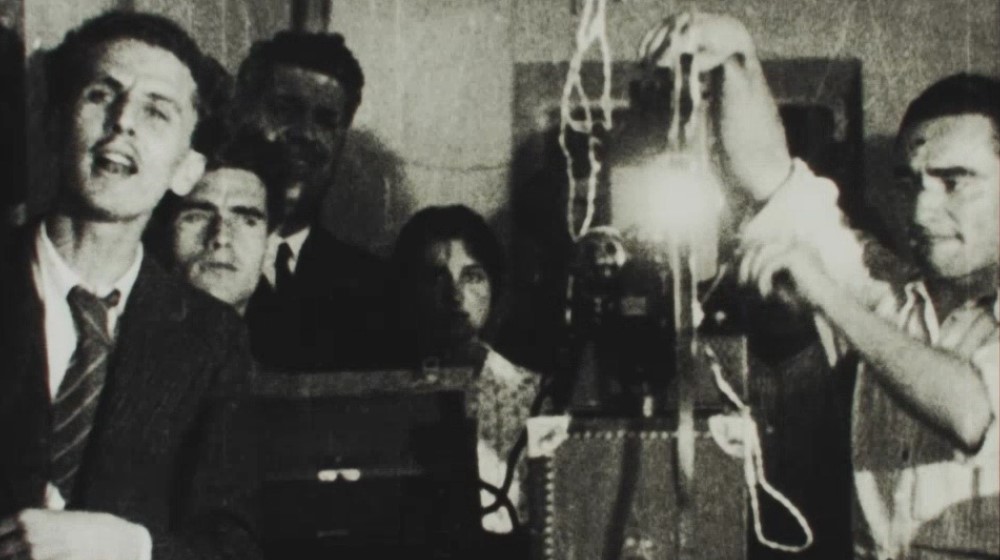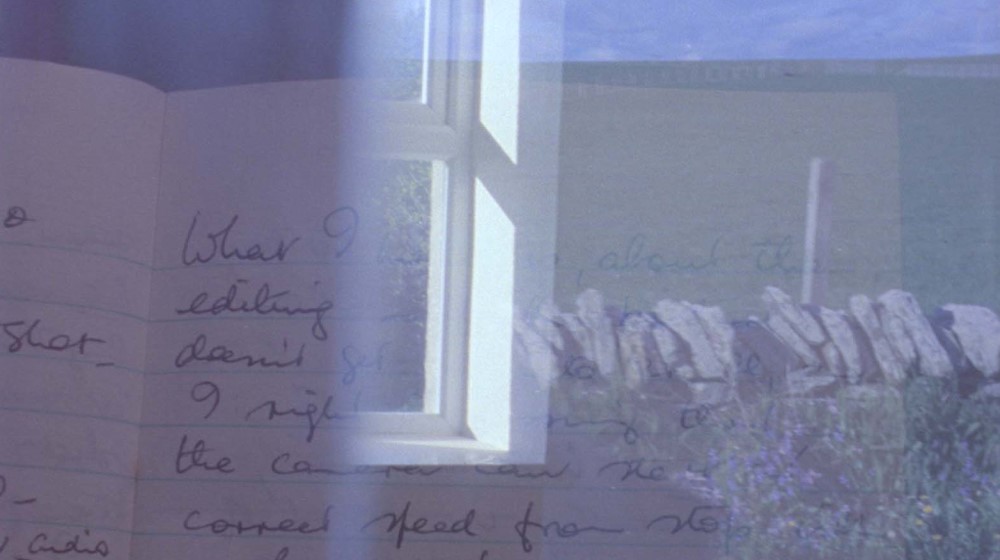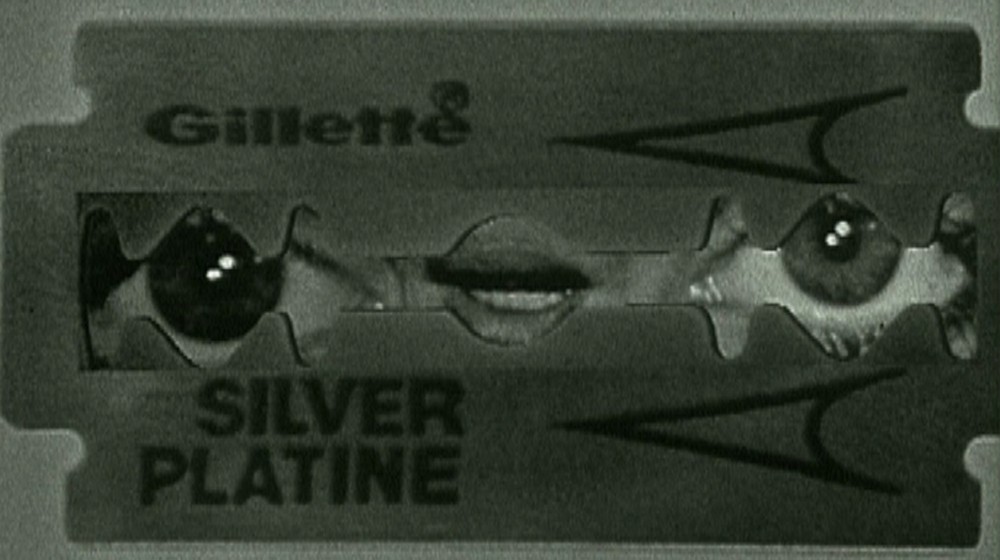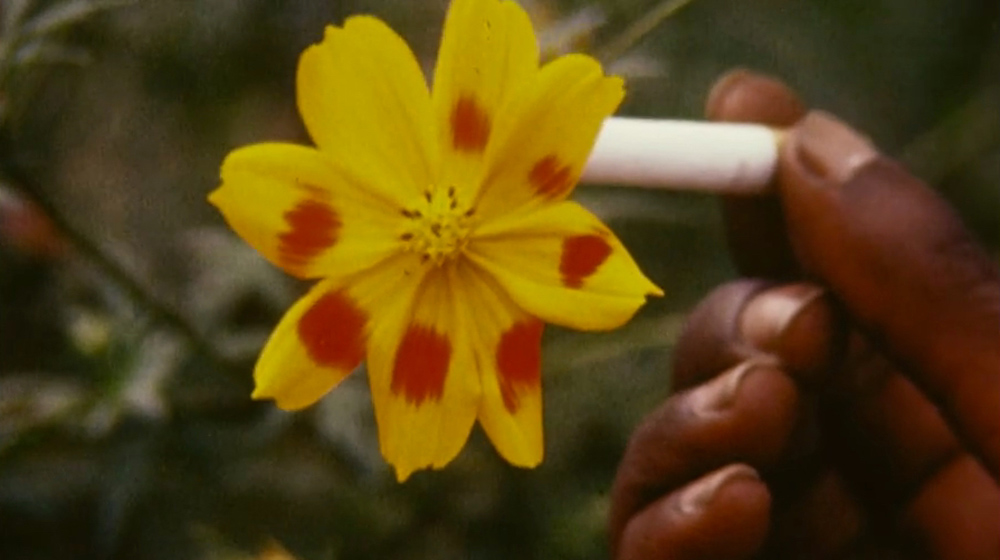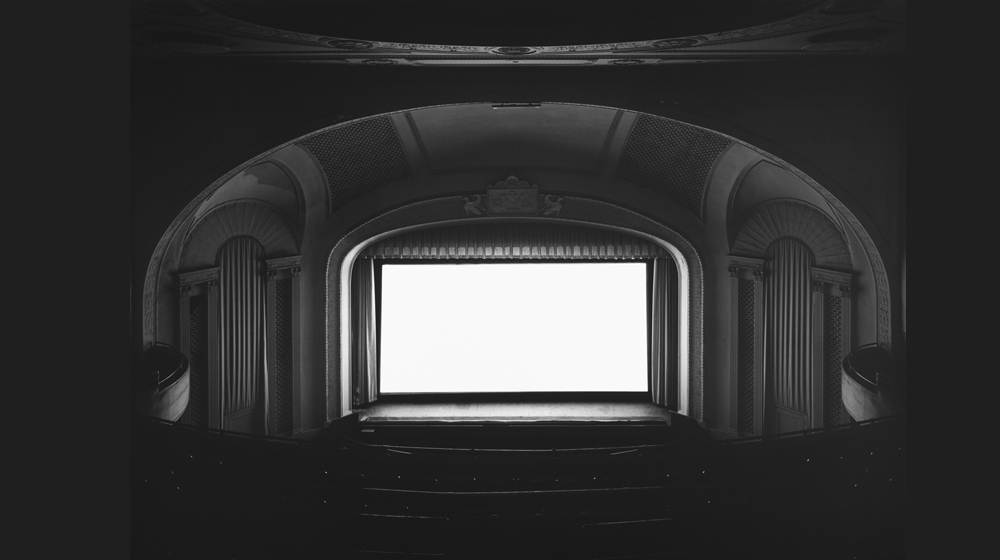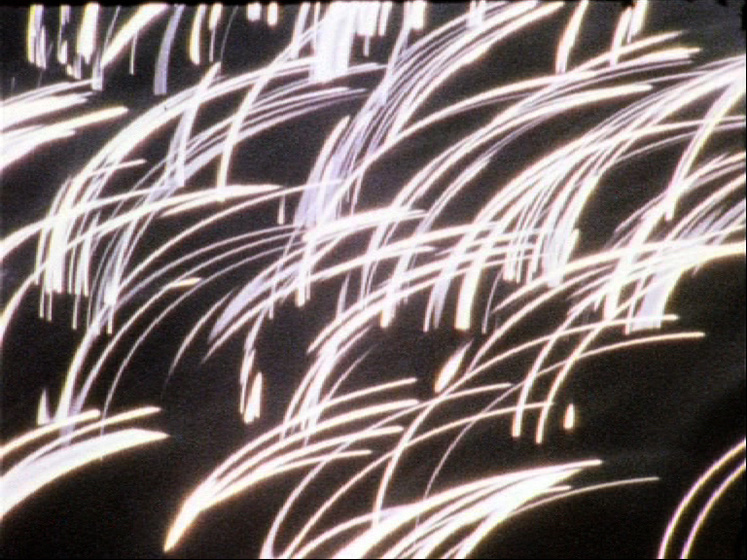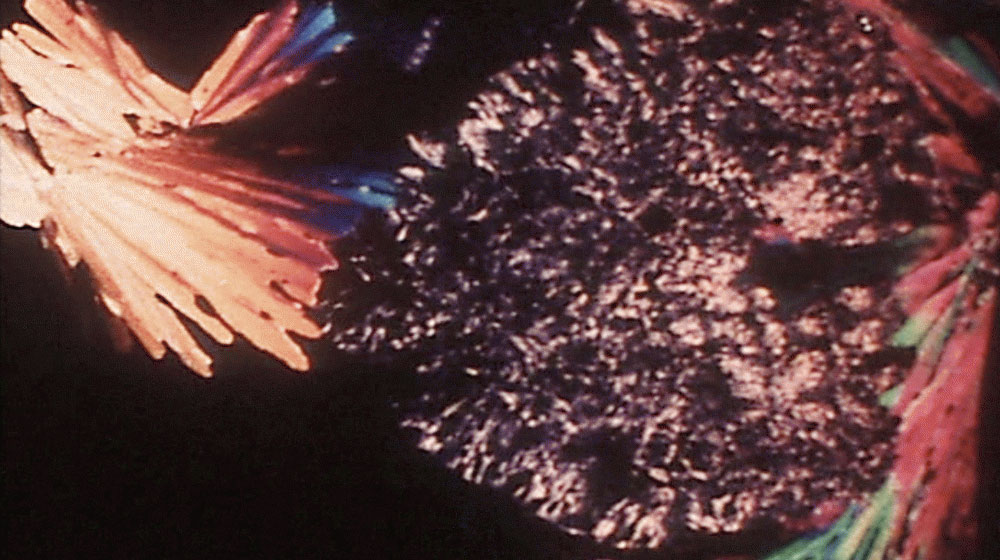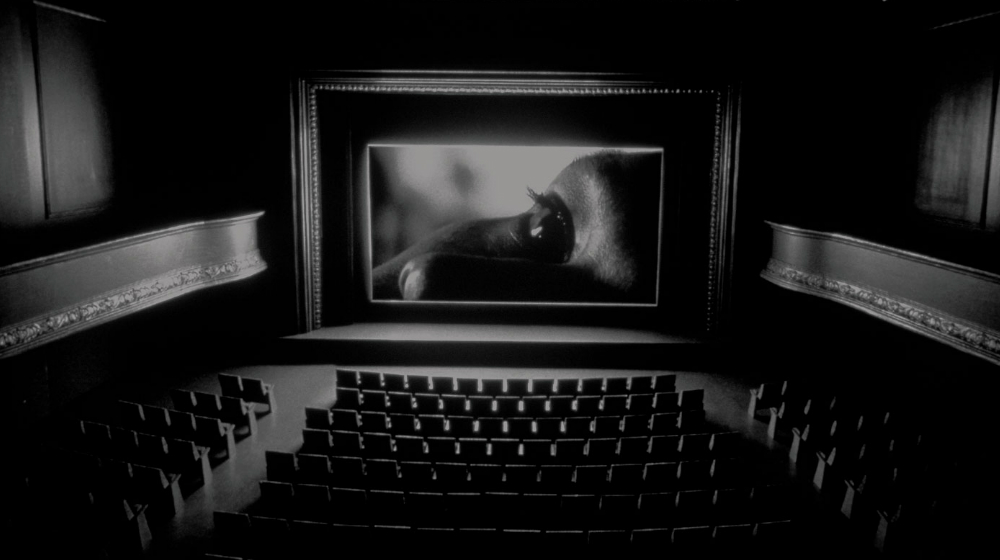Mozambicans,
workers and peasants, plantation, railway, port and factory workers, intellectuals, civil servants, students, Mozambican soldiers in the Portuguese army, men and women, young people and compatriots:
On behalf of you all
FRELIMO solemnly proclaims, today, the widespread armed insurrection of the Mozambican people against Portuguese colonialism to completely regain their independence.
The struggle shall only end with the complete liquidation of Portuguese colonialism.
Let's join together, from Rovuma to Maputo.
Long live independent Mozambique.
Long live FRELIMO.
Long live united Africa[1]
Proclamation by the Central Committee on the outbreak of the armed conflict to liberate Mozambique
Between Margot Dias' ethnographic films (1958-1961), shot in the highlands of Mueda, and Ruy Guerra's film Mueda, Memória e Massacre (1979-80) about the massacre that took place in the same location, there are two key episodes in the history of Mozambique in which cinema played an important role: the War of Independence (1964-1974) and the Revolution (1975-1987). A history recorded in images that were involved in both the anti-colonial struggle and the revolutionary process, thereby creating correspondences between filmic forms and political structures. With all its technical instruments and formal procedures, in Mozambique cinema was used as an active laboratory to bring about, both culturally and politically, the country's decolonisation and independence. This was a utopian period which, like Russia in the 1920s, was characterised by extreme politicisation but also by far-reaching formal experimentation in which not only were political films made but films were made politically.[2]
Films such as Venceremos! (1966) by Dragutin Popovic, Behind the Lines (1971) by Margaret Dickinson, I vårt land börjar kulorna blomma (1971) by Lennart Malmer, Ingela Romare and Maria Romare, Dieci giorni con i guerriglieri nel Mozambico libero (1972) by Franco Cigarini, and Robert van Lierop's A Luta Continua (1973) all document the period of this anti-colonial struggle, the FRELIMO (Mozambique Liberation Front) training camps in Tanzania and daily life in the liberated areas of Cabo Delgado province. In addition to explaining the guerrilla warfare, such films also showed the world there was a political alternative to Portugal's colonial system. Most of these images were shot by foreign filmmakers who, in turn, helped to train Mozambican operators.[3] "From this experience, FRELIMO took on board the social, political, pedagogical and aesthetic importance of cinema".[4] "Eminently documentary in style, the corpus of this early cinema would influence the later liberation aesthetics of INC [National Film Institute]. However, the institution of Mozambican cinematographic language would only come about after independence".[5]
Aware of the power of images in building a new nation, the first cultural action carried out by Samora Machel's government, just after Mozambique's independence, was the creation, in 1976, of the INC, with the aim of filming the people and giving them back their own images. Many foreign filmmakers were invited to take part in the discussion and implementation of cinema in the country and in the programme to collectivise its production. Jean Rouch, Jean-Luc Godard and also the Mozambican Ruy Guerra, along with many other Brazilian filmmakers and technicians, played a central role in this process,[6] debating many issues related to the different technical possibilities of representation. Although they all needed to use formats that were poor, lightweight and imperfect, in which technical fragility could be used for its aesthetic potential and, at the same time, as a weapon to emancipate and universalise the production of images, Guerra and Rouch were in favour of analogue media, 16 mm and Super-8, while Godard wanted to introduce video.
Invited by the Eduardo Mondlane University, Jean Rouch visited the African country to give workshops on Super-8 production as part of a series of experiments and fieldwork regarding the role of film in different local communities that were unfamiliar with the medium, where the filming and editing of images were discussed with the population.[7] Many films were created as a result, including Makwayela (1977), which Rouch made, together with Jacques d'Arthuys, about the traditional resistance dances and songs in southern Mozambique, which refer to the exploitation of miners who'd gone to South Africa to work.
Godard went to Mozambique in 1978 to carry out a public television project and produce five programmes on this process, which he would call Nord contre Sud ou naissance (de l'image) d'une nation.[8] During the two trips he made, with Anne-Marie Miéville, to this "new country emerging from the colonial night", in addition to training INC technicians he also tried to "think television", to "study it before it existed" and "study images and the desire for images".[9] To do so, he carried out several field studies prior to actually filming, sounding out the "desire for images" of rural populations unfamiliar with cinema. But Godard's research to establish the foundations of Mozambican public service television was very different from what Samora Machel's government had expected. The failure of this project,[10] which came about later but without following the French cineaste's proposed model of production, conveys some of the contradictions of the INC's programme. "Comment faire une télévision qui puisse servir le peuple sans de servir le pouvoir en place?" Godard asks himself in Changer d'image - Lettre à la bien-aimée (1982), a film that reflects on this experience and on the unrealised projects in this country, where the absence and invisibility of its images become visible in this film.[11]
Born in Lourenço Marques (a city now known as Maputo), Ruy Guerra, a filmmaker usually associated with Brazilian Cinema Novo, carried out several projects in Mozambique between 1977 and 1986. One of these, Mueda, Memória e Massacre, was the first feature film to be produced by the INC. In it Guerra deals with one of the main events linked to the history of decolonisation, the Mueda massacre, by filming its theatrical re-enactment. Right at the beginning of the film, when it's announced that the film will be shot and the performance begin, reference is made to the evening screenings attended by the townspeople. These were the cinema móvel sessions that would show newsreels, the so-called Kuxa Kanema,[12] educational films, documentaries and also fictional films, most of them produced by the INC. An authentic film screening network was set up to carry out this project, made up of trucks, projectors and screens, which took the films to the "communal villages". Together with José Celso Martinez Corrêa and Celso Luccas, the directors of 25 (1975-1977), Guerra participated in implementing these motorised units, which would travel around the country projecting cinematographic images in the most remote locations, as well as being involved in setting up the INC and training its technical staff.
It was within this context of collectivisation that Mueda, Memória e Massacre was shot, following an "aesthetic of the possible",[13] at a time when the Mozambique government needed to create a model of representation that would forge the country's history, cement national unity and, at the same time, legitimise its authority. However, the resulting film is not, as the government had hoped, a historical reconstitution of the massacre, which took place on 16 June 1960 when the Portuguese authorities opened fire on hundreds of peaceful demonstrators, but rather a sensitive approach to the collective carnivalesque dramatisation of this event. That's probably why it was partly censored, re-filmed and re-recorded without Guerra's direct supervision, heralding a turning point in FRELIMO's politico-cultural policy.[14] Attempting to move away from the official view of history, the film's cinematic language focuses on the cultural expressions of the Makonde from the Mueda highlands[15]- in particular the Mapiko mask dance studied earlier by colonial anthropology - and also the memory of colonialism still present in the bodies and gestures of the people carrying out the re-enactment almost two decades later.[16] It's a complex filmic object that combines the genres of documentary and fiction to reflect on the relations between colonial memory and anti-colonial history, both of which are linked to structures of power.
In this respect, it's worth comparing this film by Guerra with the 16 mm films shot by Margot Dias during the ethnographic missions of Jorge Dias (1957-1961), studying the Makonde of Mozambique in isolation from the political and historical processes of the time.[17] Although these films were intended solely as a tool for research, for recording data and as a support for subsequent written works, they constitute one of the earliest filmic representations of these communities[18] and an initial systematic attempt at gathering ethnographic images by Portuguese colonial institutions in Mozambique. These studies and films were made on the Makonde plateau, which is no coincidence as this was the place where the massacre that marked the history of Mozambique's independence took place, which Ruy Guerra attempts to convey in Mueda, Memória e Massacre.[19] By screening these works, the aim is not only to compare cinematographic representations created within the context of colonial expeditions with the first images made in independent Mozambique, but also to investigate how colonial and post-colonial history are closely linked to these images.
Celeste Araújo
[1] Machel, Samora (1976). Mozambique: revolución democrático-popular. Barcelona: Casals.
[2] To paraphrase the Dziga Vertov Group made up of Jean-Luc Godard, Jean-Pierre Gorin and Armand Marco, among others.
[3] José Soares, Arthur Trohate and Carlos Djambo were the first FRELIMO guerrilla filmmakers. They filmed some war scenes in the north of the country with Super-8 and 16 mm cameras. Although these images are not catalogued, many were later integrated within the Kuxa Kanema newsreel created in 1978.
[4] Cabaço, José Luís (2017). "Notas para uma contextualização do cinema moçambicano". In Mulemba. O cinema e o documentário nos países africanos de língua oficial portuguesa, vol. 9, no. 17.
[5] Schefer, Raquel. "Cinema revolucionário moçambicano: o visível, o invisível e o translúcido". In A Quarta Parede, 25/09/2017.
[6] On the other hand, the fact that such filmmakers were involved often results in the aesthetic aspects of Mozambican cinema of the time being prioritised to the detriment of its social, historical and political context.
[7] See Cabaço, idem.
[8] Naissance (de l'image) d'une nation is also the title Godard gives to his visual essay combining words and images published in issue 300 of Cahiers du Cinéma in May 1979, one of the few available documents about this event. Some of the images published in this special issue, designed by the filmmaker himself, were reused in episode 1B, "Une histoire seul" of Histoire(s) du cinéma (1988-1998).
[9] Godard, Jean-Luc (1979). "Naissance (de l'image) d'une nation". In Cahiers du Cinéma, no. 300.
[10] Some of the principles of Godard's project, such as the "polyphony of the word" and "collective circulation" are developed in Ruy Guerra's Mueda, Memória e Massacre. See Schefer, Raquel (1979). "O nascimento de uma imagem. Mueda, Memória e Massacre, de Ruy Guerra". In BUALA, 2011.
[11] See Schefer, Raquel. "Comment faire une télévision qui puisse servir le peuple sans desservir le pouvoir en place? Son image dans le Mozambique révolutionnaire et un film mozambicain de Jean-Luc Godard". In La Furia Umana, no. 28.
[12] Kuxa Kanema, which literally means 'the birth of cinema', was a series of 16mm newsreels made between the late 1970s and the mid-1980s, during the revolutionary period of the Mozambican government. The history of Mozambican cinema cannot be understood without taking into account these current affairs films produced by the INC. See Margarida Cardoso's Kuxa Kanema: o nascimento do cinema (2003).
[13] This is a poor aesthetic in which "films can be dirty, ugly and badly done and yet be extremely important", as the filmmaker himself explains in Catarina Simão's Five minutes with Ruy Guerra (2017), also alluding to the political use of black and white and purely Mozambican technical resources in Mueda, Memória e Massacre.
[14] See Schefer, Raquel (2016). "As imagens que faltam. As duas versões de Mueda, Memória e Massacre (1979-1980) de Ruy Guerra". In Atas do V Encontro Anual da AIM.
[15] See Schefer, Raquel (2016). "Mueda, Memória e Massacre, de Ruy Guerra, o projeto cinematográfico moçambicano e as formas culturais do Planalto de Mueda". In Comunicação e Sociedade, vol. 29.
[16] In Mueda 1979 (2013), Catarina Simão, on analysing the images of Ruy Guerra's film, finds certain significant details and gestures that reveal the memory of colonial repression is still present in the people's bodies, such as a woman's scarf being violently removed by Portuguese officers from her head, over and over again.
[17] These missions resulted in the work Os Macondes de Moçambique, by Jorge Dias, Margot Dias and Viegas Guerreiro, published in four volumes by the Junta de Investigações do Ultramar and the Centro de Estudos de Antropologia Cultural, between 1964 and 1970.
[18] See Viagem aos Makonde (2019) by Catarina Alves Costa.
[19] In this respect, it's worth looking at the work of Ângela Ferreira Tendencyto Forget (2016), presenting the hidden political agenda behind the research of Margot and Jorge Dias and revealing the complicity between anthropology and colonialism, between power and the production of knowledge.
